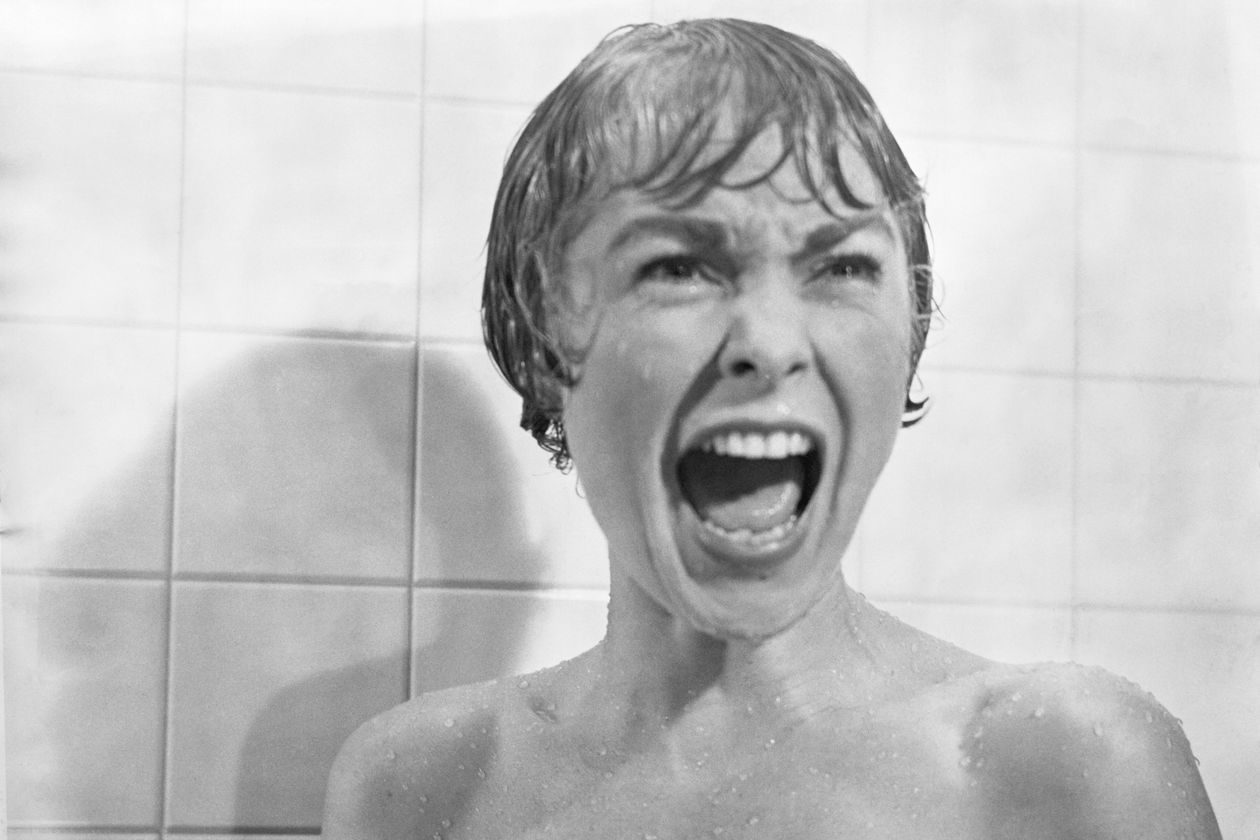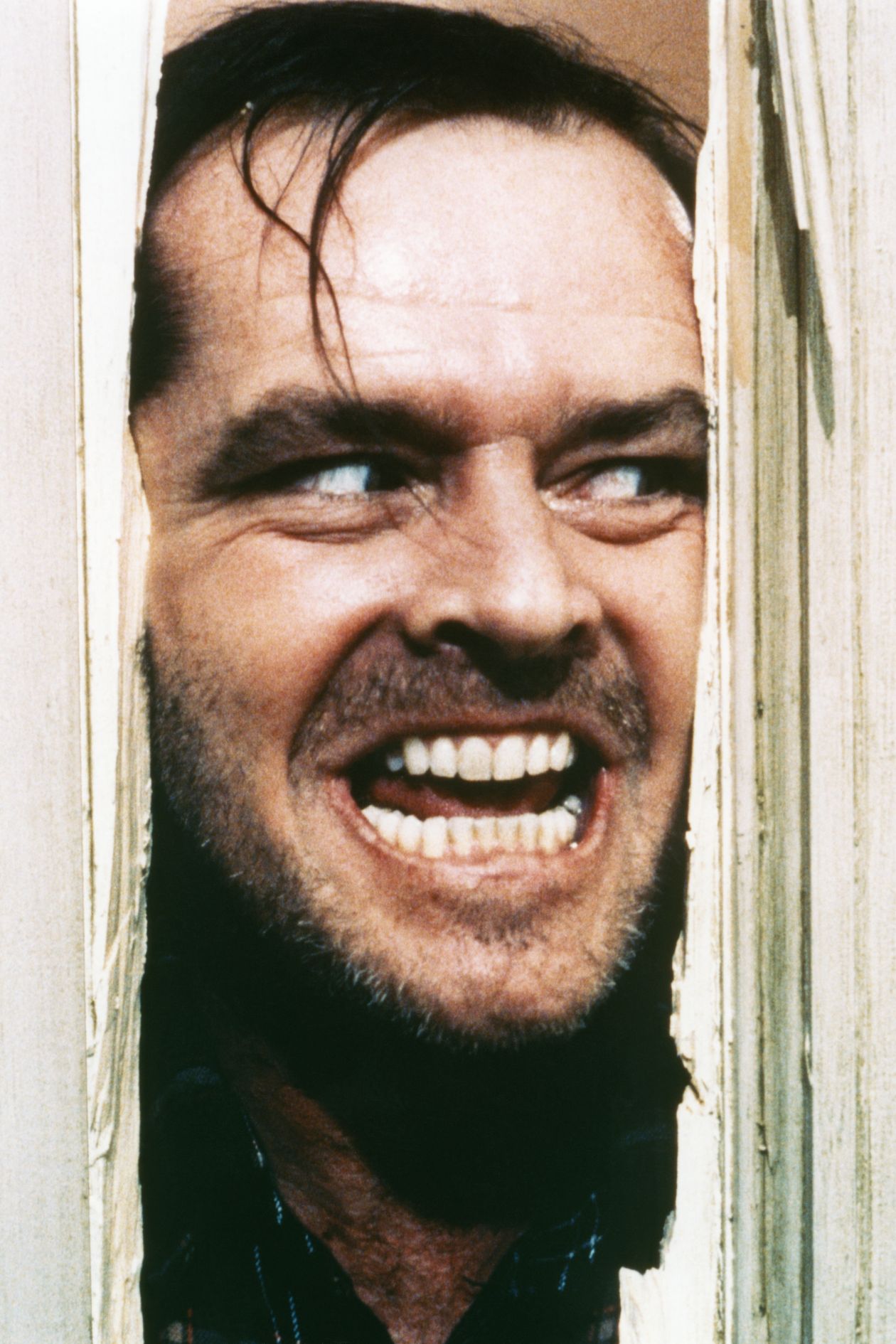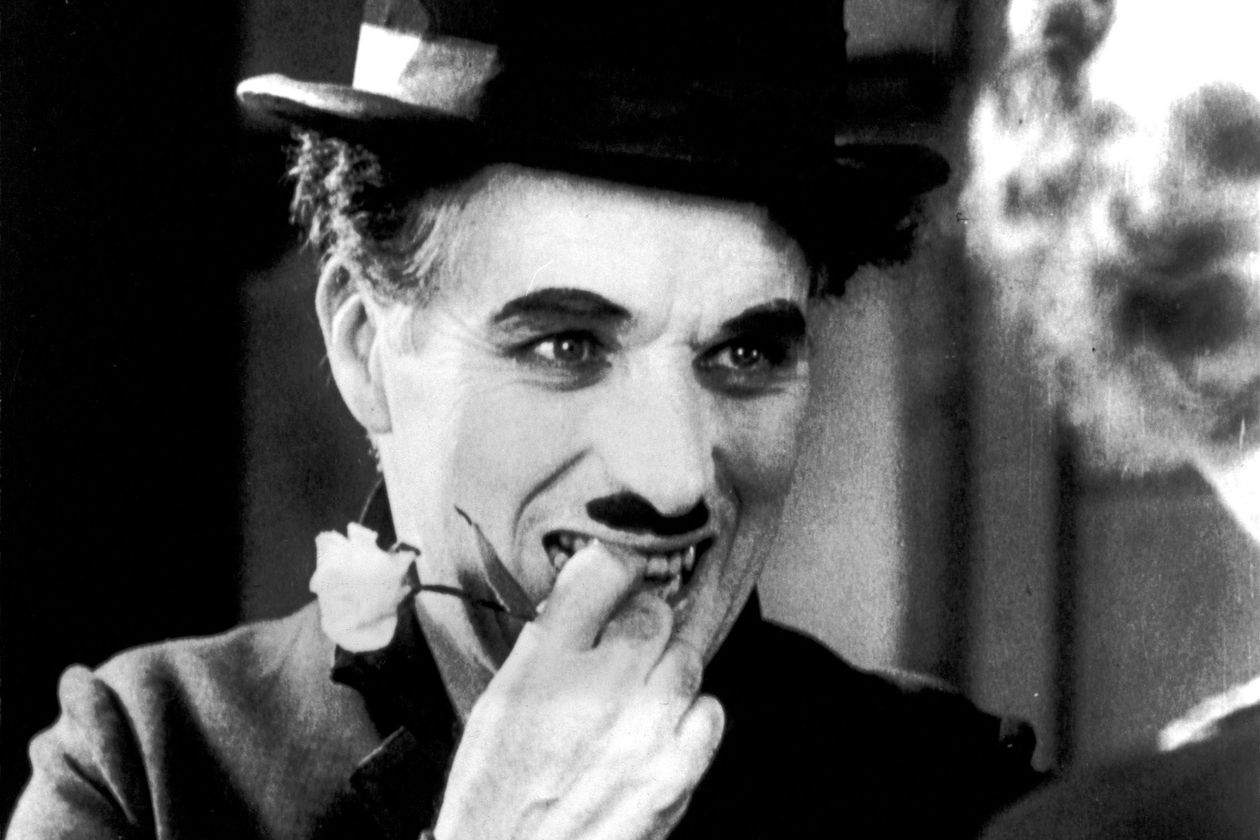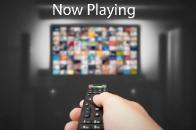Close-Up Shots in Distanced Times
By: A very hungry caterpillar

Close-Up Shots in Distanced Times
As we wear masks and stay far from each other to combat the pandemic, the cinematic close-up remains a gratifying reminder of the expressive power of the human face.
Our faces can convey the most nuanced of messages through the tiniest of cues—say, the wrinkle of the mouth or the scrunch of the nose. Yet the omnipresence of masks in the midst of the coronavirus pandemic has largely hobbled the face as an effective means of communication. We can see each other’s eyes, and hear each other’s muffled voices, but much else has been lost.
To understand just how much, consider that staple of cinematic art, the whole face close-up. From the earliest days of the medium, the close-up has helped filmmakers in telling stories by offering an intimate view of a human face in motion. “We didn’t need dialogue; we had faces,” Gloria Swanson’s Norma Desmond famously says in Billy Wilder’s “Sunset Boulevard” (1950). She was talking about the silent era, but her words apply to talkies, too.
Uses of the close-up are as diverse as the faces they depict, deployed when directors need a double take in a comedy or a moment of contemplation in a drama. At the end of “Queen Christina” (1933), director Rouben Mamoulian’s camera draws closer and closer before settling on the magisterial face of Greta Garbo’s Swedish queen—a magnificent projection of regal mystery. Other directors recognize the impact of the close-up for shock value: In the shower scene of “Psycho” (1960), after the curtain has been pulled back, Alfred Hitchcock cut to a succession of increasingly tight close-ups of a shrieking Janet Leigh. And, in the climax of “The Shining” (1980), Stanley Kubrick knew that no special effect could top the sight of Jack Nicholson, his delirious, disheveled face framed by a chopped-up door, exclaiming, “Here’s Johnny!”

In his history of silent cinema, “The Parade’s Gone By...,” author Kevin Brownlow writes that close-ups appeared in films as far back as 1896. But he credits pioneering director D.W. Griffith with using the device more widely—much to the confusion of perplexed audiences, who could not comprehend the sight of a face shorn of a body. “The theater managers almost canceled his pictures,” Allan Dwan, another silent-era pioneer, told Mr. Brownlow. “They couldn’t understand how people were walking around without legs. In the theater they were accustomed to seeing the whole body, and what it was standing on. But to see a head moving around, cut off at the neck, just wasn’t acceptable.”
Audiences soon became acclimated to the close-up, but the best directors knew that the technique was most potent if used judiciously. “Better to save those big close-ups until the audience begins to know a little about the people, and then that person’s face and what he’s thinking means more to them,” director Howard Hawks told Peter Bogdanovich in an interview included in Mr. Bogdanovich’s book “Who the Devil Made It.”
During the silent era, cameras were sometimes kept far from faces to better emphasize the physical scale of epic productions—as in, say, Cecil B. DeMille’s “The Ten Commandments” (1923)—or the slapstick pyrotechnics of the great clowns of the era, such as Charlie Chaplin or Buster Keaton, whose type of physical comedy demanded that the whole body remain visible. Yet, when the camera was moved closer to the stars, the results could be overwhelmingly powerful.

In the famous concluding moments of his masterpiece “City Lights” (1931), Chaplin boldly departed from his usual visual style to indulge in a deeply emotive series of close-ups. After a once-blind, now-sighted young woman identifies Chaplin’s Tramp character by grasping his hand—the only way she can recognize him, having “met” him that way while blind—Chaplin lingers on tight shots of his own charmingly mustachioed expression; the camera takes in the intricacies of Chaplin’s face, which shifts from a bashful grin to something like a full-fledged smile.
The close-up at its best is a means to ponder the inner workings of a character’s mind. At the end of “Breathless” (1960), Jean-Luc Godard positively loitered on the inscrutable face of Jean Seberg’s Patricia as her character considers the death of her law-breaking lover Michel, played by Jean-Paul Belmondo. Think, too, of the succession of ever-closer shots of Jimmy Stewart in Hitchcock’s “Vertigo” (1958) as his character is confronted with the green-tinted realization of the woman who is his idée fixe. At the climax of Orson Welles’s Shakespeare film “Chimes at Midnight” (1965), Welles, playing Falstaff, is seen in a series of wounded but stoic close-ups as his character absorbs the shock of being renounced by Henry V—the use of the close-up here adding supreme poetry to a scene conceived for the stage.
To adopt the lexicon of François Truffaut, these scenes are “privileged moments” in which the performer’s armor—such as physical grace or athleticism or sharing the same frame with other actors—is removed and we see their inner lives.

Today, the cinematic close-up takes on added significance as we find ourselves missing the full complement of visual cues from friends and strangers. Only in the movies, perhaps, can we relate to each other in the way we did just a few short months ago. That’s why, to invoke Norma Desmond once more, when the masks come off we will be ready for our close-ups.






An interesting essay that takes into consideration the inability to read the communication transmitted by the mouth and nose due to the necessity of wearing a mask. I guess there could be a lot of misunderstandings caused by that.
Hannibal Lecter from ''Silence of the Lambs''
But didn't he have to wear a mask?
Trivia - "I ate his liver with some fave beans and a nice Chianti," was not in the script. Sir Anthony Hopkins improved the line after studying the mentality of his character. He knew that it would be something his character would have said. So he went for it.
Believe it or not they have transparent masks. I don't know how affective or comfortable they would be.
I've seen their click-bait ads. How can they possibly filter?
The award for cleverest masks are those that you can have the bottom half of your face imposed on it. You can have a mask for any mood you might be in.
Ha. I have seen some that have LED lights and some that flash messages.
Saving Private Ryan
2001 A Space Odyssey
To this day, I can not make heads not tails out of 2001. I thought the sequel might help, but it shed little light. The best thing I can say about the movie was that of the voice of the computer, very calming. Then again, I think a lot had to do with the director....Stanley Kubric. Anyone familiar with some of his films ie - A Clockwork Orange and Eyes Wide Shut knows that he can be a little quirky and out there when trying convey his thoughts and emotions to a film audience. He gets it, but sometimes many of us don't.
I would like to believe he earned it.
The Deer Hunter